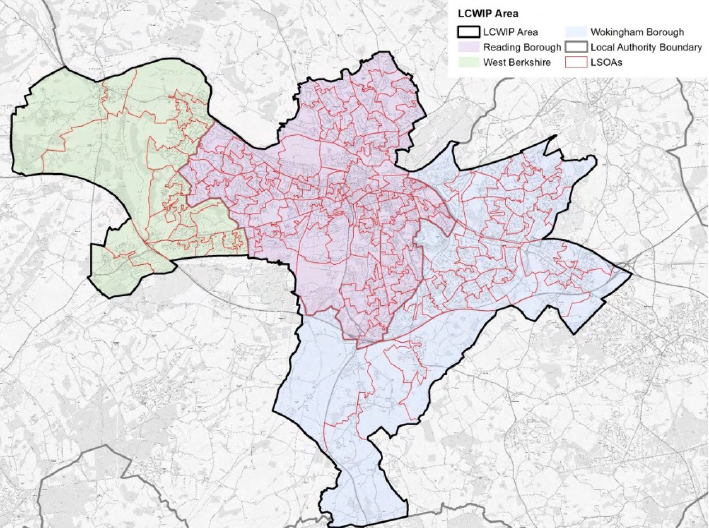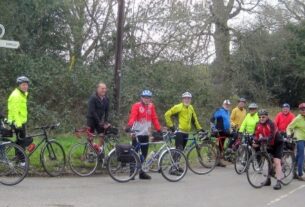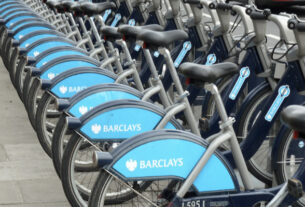A Town of Three Boroughs
You could be forgiven for thinking that the people who run Wokingham Borough Council may not think that the Reading Cycle Campaign has anything to do with them.
But that would not be true. Thanks to the vagaries of local government reorganisation in the 1990s Berkshire was carved up into six unitary authorities where the newly created borough borders paid scant regard to urban geography. The result of this is that only part of the Reading urban area actually lies within the control of Reading Borough Council. Woodley, Winnersh and Earley ended up in Wokingham Borough; whilst Tilehurst, Calcot and Purley came under West Berks Borough Council (see the map below).
This matters, as it’s the Borough Councils who look after our local transport. Less than half of the Reading urban population actually live in Reading borough, and many local cycle journeys will cross a borough boundary.
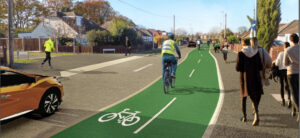 Despite the different political make-up of Reading, Wokingham and West Berks Councils there has been cross-border cooperation. The Local Cycling and Walking Infrastructure Plan (LCWIP) for the Reading urban area was drawn up by Reading Borough Council in 2019 in partnership with Wokingham and West Berks.
Despite the different political make-up of Reading, Wokingham and West Berks Councils there has been cross-border cooperation. The Local Cycling and Walking Infrastructure Plan (LCWIP) for the Reading urban area was drawn up by Reading Borough Council in 2019 in partnership with Wokingham and West Berks.
The Reading Cycle Campaign draws its membership from people living in all three boroughs (and more) and we have dedicated committee positions for dealing with cycling affairs in each of them.
We were therefore pleased that Councillor Pauline Jorgensen, who is the Executive Member for Highways and Transport at Wokingham Borough Council (WBC), ‘zoomed’ into our February Open Meeting. Pauline joined us to present and answer questions on WBC’s plans for making a quality cycle route from Woodley to Reading. This proposed facility would be funded by the Department for Transport’s Active Travel Fund, which was set up to support Local Authorities implement walking and cycling schemes.
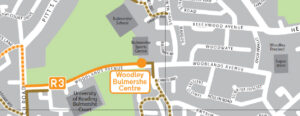 If you look at a map you will see that to get from the centre of Woodley to Reading the obvious route is via Woodlands Avenue.
If you look at a map you will see that to get from the centre of Woodley to Reading the obvious route is via Woodlands Avenue.
But in order to access the Active Travel Fund local authorities need to provide quality cycle infrastructure segregated from motor traffic; a few painted white lines will no longer do.
The Wokingham Spring report explains how the proposal for making part of Woodlands Avenue one way to make space for cyclists has generated some opposition to the plans.
Understandably people will be concerned if they think changes are going to inconvenience them and politicians, like Councillor Jorgensen, will need to take those views into account. But ultimately, if local authorities are going to achieve their stated aim of increasing walking and cycling, with all the benefits for society this will bring, then the nettle will need to be grasped.
Horseshoe Bridge to Get Refurb
The horseshoe bridge that crosses the mouth of the Kennet is due for a refurbishment. The bridge abuts Brunel’s adjoining railway bridge, and while its stepped ramps are not great for cyclists, it forms a vital part of the National Cycle Network and is well used.
Network Rail own the bridge and intend to apply for a temporary closure later this year to undertake the refurbishment.
Keith Elliott
RCC Secretary

